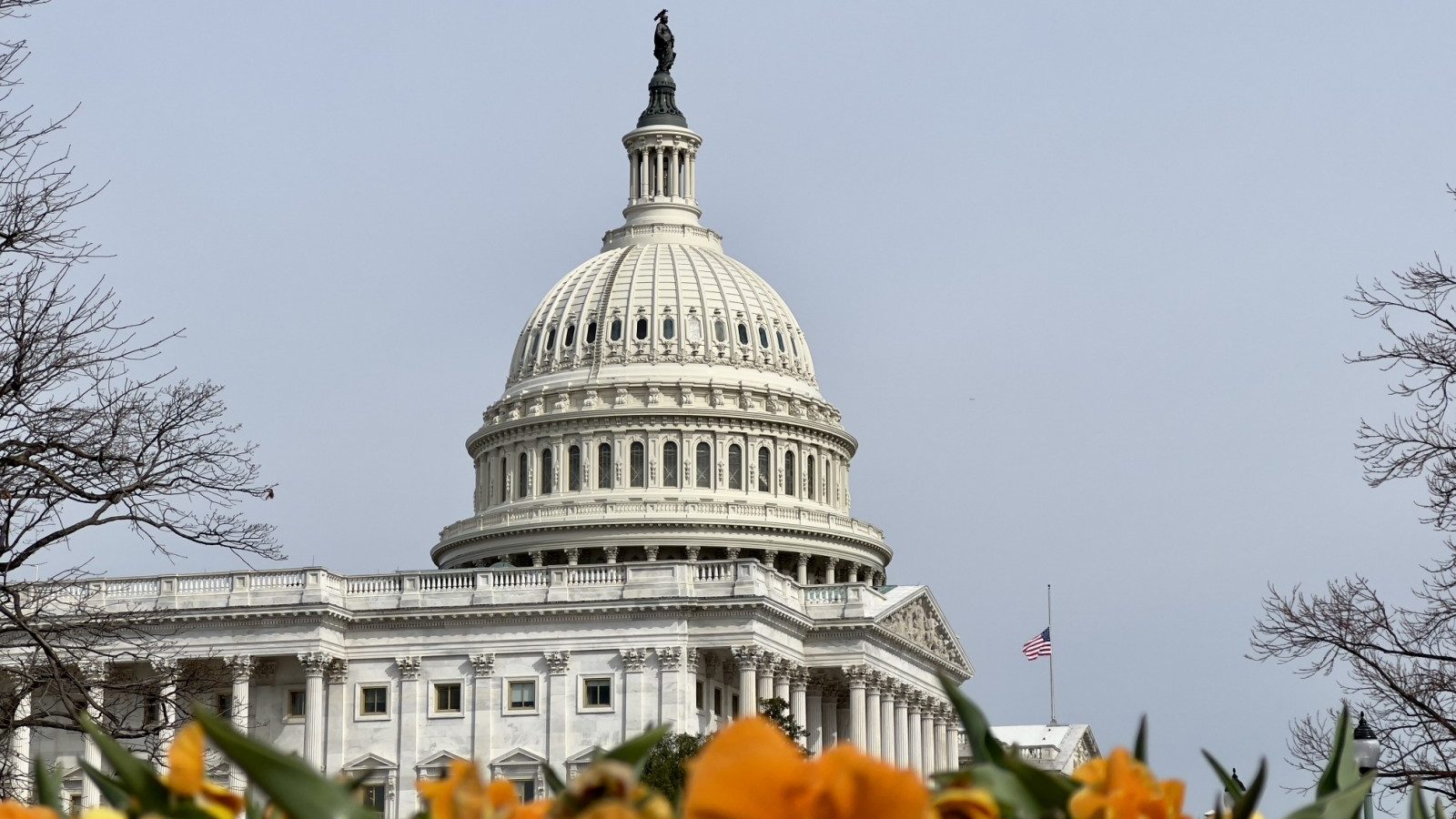The discourse on US policy in Syria has evolved, leading to a common belief that the Syrian conflict has diminished in significance to Washington. However, this does not imply a complete disinterest. The United States maintains a military presence in northeastern Syria, collaborating with the People’s Protection Units, despite the modest scale of this engagement. My focus here is not on this alliance but on Washington’s stance toward the Assad regime.
The dynamics of the Syrian conflict have largely slipped from Washington’s control, particularly following Russia’s military intervention in the mid-2010s. Consequently, the US has neither the capacity nor the inclination to leverage its influence over its Arab allies to end Assad’s isolation. This reality starkly contrasts with the image projected by President Joe Biden’s administration. Recent revelations by The Washington Post about the obstruction of the “anti-normalization with Assad” bill by both the White House and Senator Ben Cardin, Chair of the Foreign Relations Committee, further illustrate this contradiction.
Sanctions, once potent tools for enforcing international isolation, are now less effective. Not because they are inherently inadequate, but because Washington’s interest in isolating Assad has waned. The perceived benefits of reintegrating Assad into the regional framework now seem to outweigh the risks.
The longstanding US policy towards Assad, contrary to popular belief, no longer prioritizes his removal. Under Biden’s administration, there has been a noticeable decline in efforts to prevent Arab nations from renewing ties with the Syrian regime. This stance is not a radical departure but a continuation of the policy trajectory set by previous administrations, beginning with Barack Obama. In 2013, Obama negotiated a deal with Russia to dismantle the regime’s chemical weapons, circumventing the need for a US military strike after the chemical attack on Eastern Ghouta. This marked a strategic pivot from overthrowing Assad to countering terrorism and enhancing ties with the People’s Protection Units. This shift was predicated on the belief that Russian and Iranian support for Assad aligned with American interests by mitigating the risk of Syria becoming a hub for global terrorism and reducing America’s direct involvement in the conflict, thereby enabling a focus on supporting the autonomy initiatives of the People’s Protection Units. This nuanced approach reveals a policy more clear-cut and strategic than it might initially seem.
While the sanctions imposed by the United States and Western nations on Assad’s regime were primarily aimed at pressuring him towards a political resolution to the conflict, they no longer serve as an effective deterrent to maintain his international isolation. This shift is not due to the sanctions’ ineffectiveness per se, but rather to a diminished interest from Washington in keeping Assad isolated. The U.S. now perceives the advantages of integrating Assad back into the regional system as outweighing the associated risks. This shift in the American perspective is influenced by broader U.S. objectives in Syria and a general trend toward reducing involvement in the Middle East.
Amid indications that the U.S. may not sustain its military presence in Syria indefinitely, its indirect political efforts to ease Assad’s isolation provide leverage for future negotiations with Damascus, potentially allowing the U.S. to conduct operations against ISIS within Syrian borders following a withdrawal.
Washington’s current priorities also include mitigating the impact of a potential military withdrawal on its ally, the People’s Protection Units (YPG), and preventing Turkey from exploiting such a withdrawal to target the Autonomous Administration in northeastern Syria. The U.S. believes that encouraging a future understanding between the YPG and the Assad regime is the best approach. Additionally, the Biden administration views Assad’s regional reintegration as a potential incentive for him to lessen his reliance on Iran and to diminish Iranian influence in Syria, aligning with the objectives of Arab countries increasing their engagement with Damascus. This perspective was further reinforced by the need to sideline the Syrian regime in the Israeli-Iranian conflict post-October 7 War.
However, this approach involves significant risks. Ensuring long-term stability in Syria and addressing the conflict’s root causes—which include the need for a comprehensive political transformation to facilitate the return of refugees and the disarmament of opposition groups—remains critical. Moreover, the assumption that the Syrian regime could significantly reduce Iranian influence appears unrealistic given Tehran’s substantial leverage in Syria. Additionally, overlooking the Assad regime’s atrocities could set a troubling precedent, signalling to other authoritarian leaders that they can avoid accountability for human rights abuses by positioning themselves as bulwarks against greater chaos. While the U.S. might currently lack a more effective policy to influence Assad and his allies, maintaining at least some sanctions and using regional influence to keep Assad isolated could prevent him from fully overcoming the conflict’s ramifications and restoring Syria to its pre-war status.
This article was translated and edited by The Syrian Observer. The Syrian Observer has not verified the content of this story. Responsibility for the information and views set out in this article lies entirely with the author.


